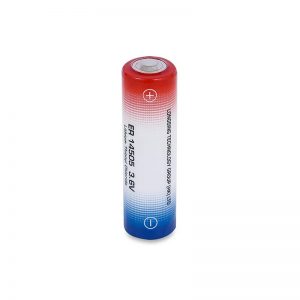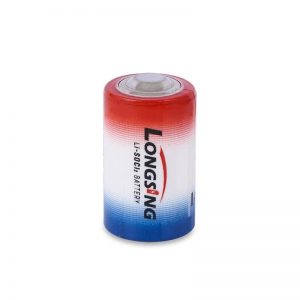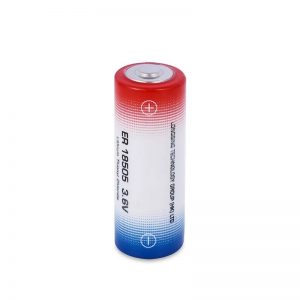3.6v lithium battery
🔋 3.6V Lithium Battery – High Energy Density Power Solution
![]()
High power capability
Up to 30C discharge
![]()
Outstanding fast charge performance
3–10C fast charge capability
![]()
Long life
Meet the requirements of long cycle life
![]()
High safety
Capable for UL1642, IEC62133, CQC, KC, PSE, BIS, UN38.3, battery directive and REACH
![]()
Multi-chemistry options
Available for LCO and NCM
![]()
Comprehensive solutions
Customized available for cylindrical pouch cell, prismatic pouch cell
The 3.6V lithium battery is a high-performance primary (non-rechargeable) battery known for its exceptional voltage stability and long shelf life. Typically based on Lithium Thionyl Chloride (Li-SOCl2) chemistry, this battery is ideal for demanding applications that require reliable, long-lasting power in a compact form.
Showing all 4 results
-
ER14505 3.6V AA Lithium Battery
-
ER14250 3.6V Lithium Thionyl Chloride Battery (1/2AA)
-
3.6V ER18505 Lithium Battery
-
3.6V ER17500v Lithium Battery
Alternative to Tadiran, Saft, Xeno Energy battery, factory price, best for projects
⚙️ Key Features of 3.6v lithium battery:
Nominal Voltage: 3.6V
High Energy Density: One of the highest among primary battery types
Low Self-Discharge: Less than 1% per year at room temperature
Wide Operating Temperature: -55°C to +85°C (up to +150°C in special designs)
Stable Output: Consistent voltage throughout discharge cycle
Long Shelf Life: Up to 10+ years
🧩 Typical Applications of 3.6v lithium battery:
Utility metering (gas, water, electric)
Remote monitoring systems
IoT devices and sensors
Industrial equipment
Military and aerospace electronics
Asset tracking and security systems
📦 Available Sizes:
Available in 1/2AA, AA, C, D, and custom configurations with axial leads, tabs, or connector options.
Capacity Type Li-SOCl2 Batteries
| Model | Size | Nominal capacity (mAh) |
Nominal voltage (V) |
Operating current mA(max) |
Standard discharge Current |
Cut off voltage |
Dimension mm(max) |
Weight (g) |
||
| Continuous | Pulse | (mA) | (V) | dia. | H | |||||
| ER10280 | 2/3AAA | 450 | 3.6 | 10 | 20 | 0.5 | 2.0 | 10 | 28 | 5 |
| ER14250 | 1/2AA | 1200 | 3.6 | 50 | 100 | 0.5 | 2.0 | 14.5 | 25.5 | 10 |
| ER14335 | 2/3AA | 1600 | 3.6 | 50 | 100 | 1.0 | 2.0 | 14.5 | 34 | 13 |
| ER14505 | AA | 2600 | 3.6 | 100 | 200 | 1.0 | 2.0 | 14.5 | 51 | 20 |
| ER17335 | 2/3A | 2200 | 3.6 | 100 | 200 | 1.0 | 2.0 | 17.5 | 34 | 20 |
| ER17505 | A | 3500 | 3.6 | 100 | 200 | 1.0 | 2.0 | 17.5 | 51 | 30 |
| ER18505 | A | 4100 | 3.6 | 100 | 200 | 1.0 | 2.0 | 18.5 | 51 | 32 |
| ER26500 | C | 8600 | 3.6 | 200 | 400 | 2.0 | 2.0 | 26.2 | 50 | 55 |
| ER34615 | D | 19000 | 3.6 | 200 | 400 | 1.0 | 2.0 | 34.2 | 61.5 | 106 |
| ER341270 | DD | 38000 | 3.6 | 450 | 1000 | 10 | 2.0 | 34.2 | 127 | 188 |



